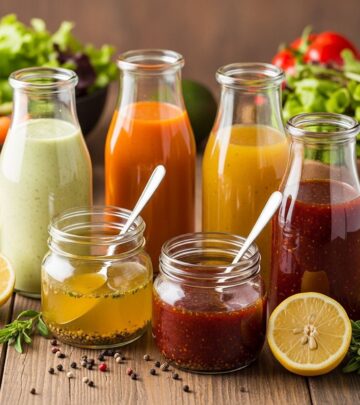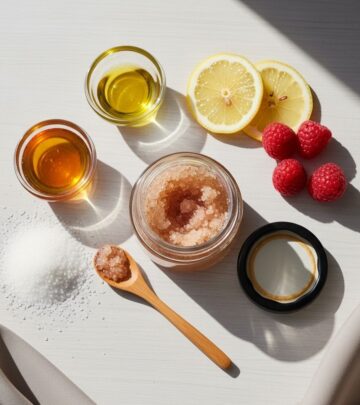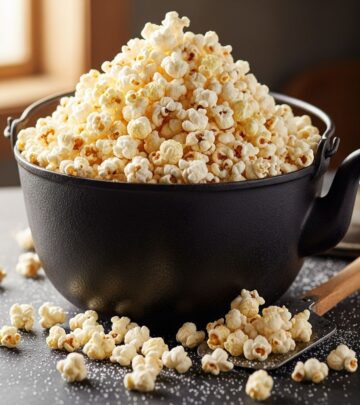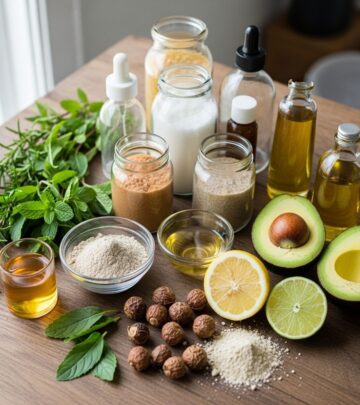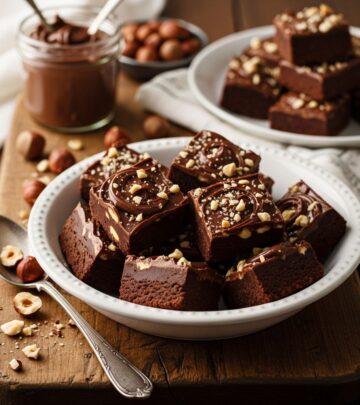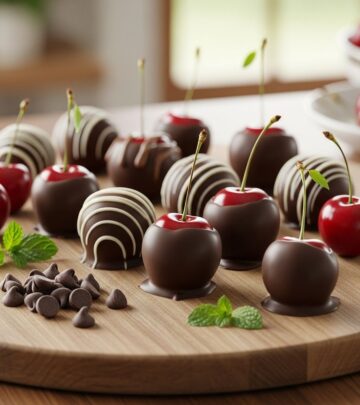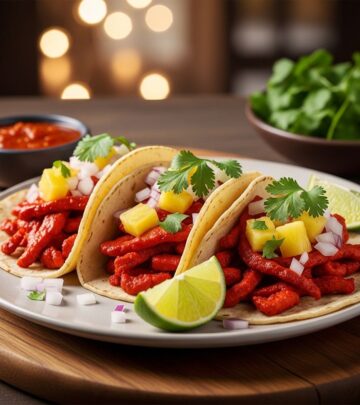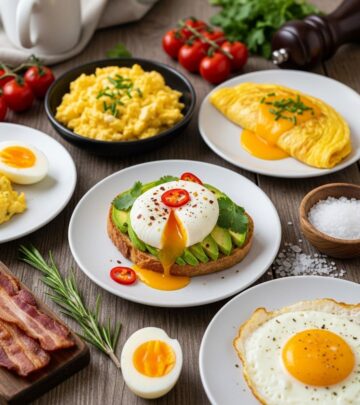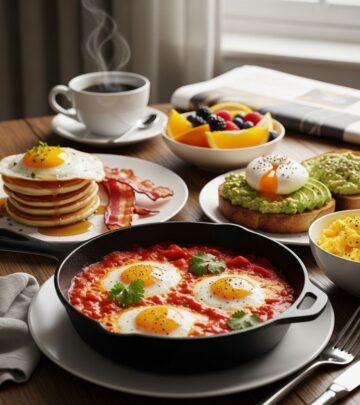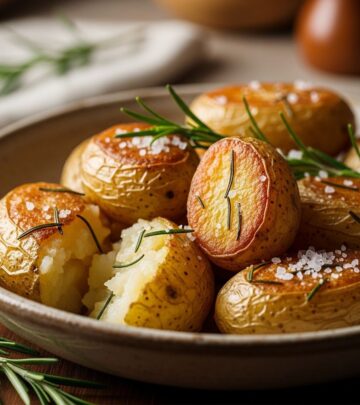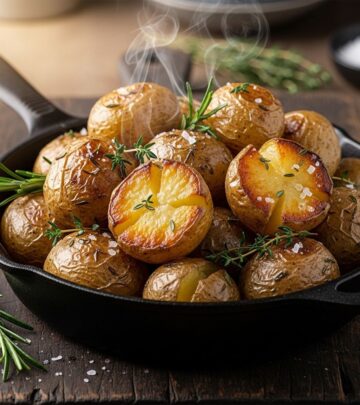Crab Cake Recipe: Complete Guide To Perfect Homemade Cakes
Master the art of creating restaurant-quality crab cakes with simple ingredients and expert techniques
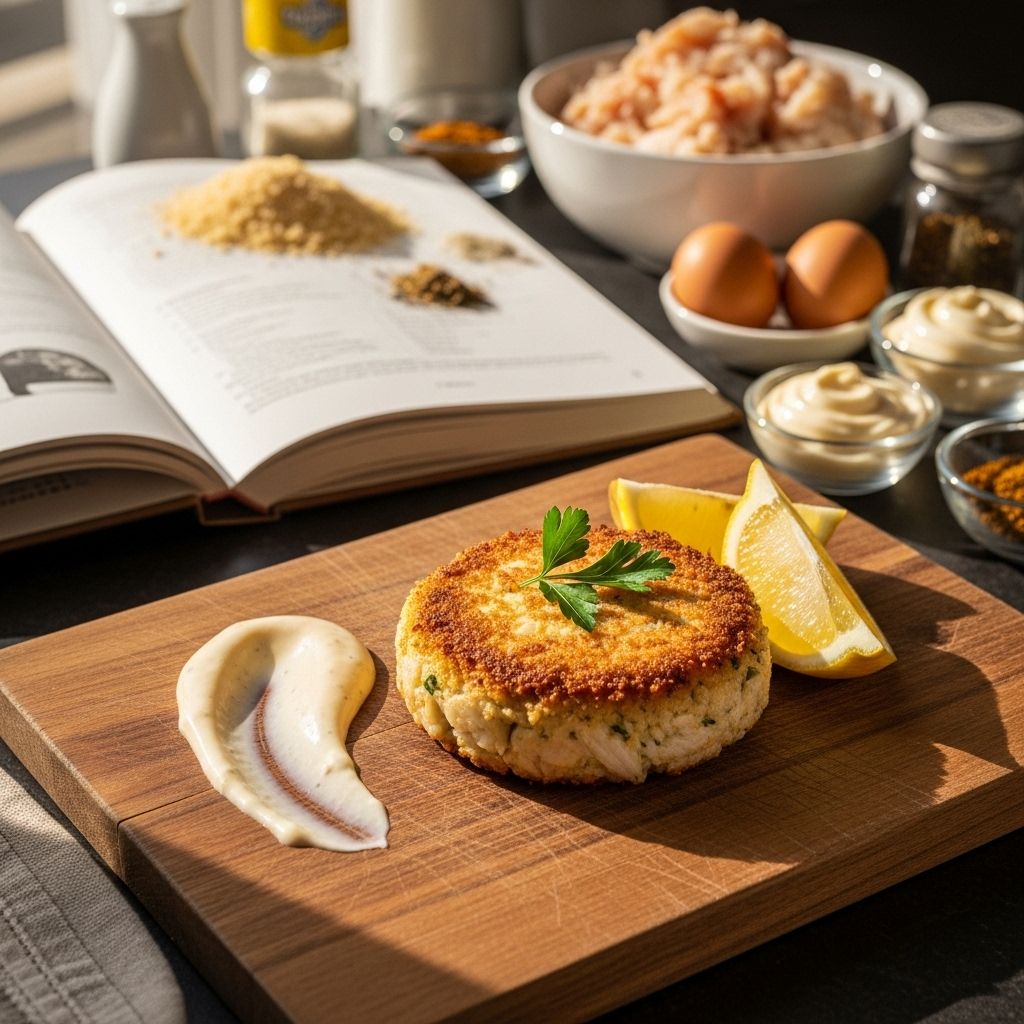
Image: HearthJunction Design Team
Ultimate Crab Cakes: The Perfect Seafood Delicacy
Crab cakes are a beloved seafood delicacy that brings the taste of coastal cuisine right to your dining table. These delightful patties, when prepared correctly, showcase the sweet, delicate flavor of crab meat while offering a satisfying contrast between a crispy exterior and tender interior. Whether you’re planning a special dinner, an elegant appetizer, or simply want to elevate your weeknight meals, mastering the art of homemade crab cakes will surely impress your family and guests.
In this comprehensive guide, we’ll walk you through every step of creating the best crab cakes you’ve ever tasted. From selecting the right crab meat to achieving the perfect golden crust, you’ll learn all the essential techniques and insider tips to make restaurant-quality crab cakes in your own kitchen.
Understanding Crab Cake Essentials
Before diving into the recipe, it’s important to understand what makes a truly exceptional crab cake. Unlike many seafood patties that are loaded with fillers, the best crab cakes showcase the natural flavor of the crab meat by using minimal ingredients. The perfect crab cake maintains a delicate balance – enough binders to hold the cake together, but not so much that they overpower the star ingredient.
Traditional Maryland-style crab cakes, widely regarded as the gold standard, prioritize lump crab meat with just enough seasoning to enhance its natural sweetness. This approach allows the crab to shine rather than being masked by excessive breadcrumbs or heavy spices.
Selecting the Perfect Crab Meat
The foundation of an exceptional crab cake begins with selecting the right crab meat. While fresh crab is wonderful when available, quality canned or packaged crab meat can produce excellent results as well.
Types of Crab Meat
For the best results, consider using a combination of different types of crab meat:
- Jumbo Lump Crab Meat: The premium choice, consisting of large, intact pieces from the crab’s swimming fins. It’s prized for its sweet flavor and impressive appearance but comes at a higher price point.
- Lump Crab Meat: Slightly smaller pieces than jumbo lump but still provides excellent texture and flavor at a more accessible price.
- Backfin: A mixture of broken pieces of lump and smaller pieces of body meat, offering good flavor at a moderate price.
- Claw Meat: Darker in color with a stronger flavor profile, it’s less expensive and can be mixed with lump meat for added taste dimension.
For the ultimate crab cake experience, we recommend using a combination of lump crab meat for texture and some claw meat for enhanced flavor. This blend provides both the impressive chunks of crab that diners love to see while delivering a well-rounded crab flavor.
Essential Ingredients for Best Ever Crab Cakes
The beauty of great crab cakes lies in their simplicity. Our best ever crab cake recipe features carefully selected ingredients that complement without overpowering the delicate crab flavor:
The Complete Ingredient List
- 1 pound of quality crab meat (preferably a mix of lump and claw meat)
- 1 large egg (acts as a crucial binder)
- 3 tablespoons mayonnaise (adds richness and helps bind)
- 1 tablespoon minced green onions (for subtle flavor)
- 4 teaspoons fresh lemon juice (brightens the flavor)
- 1 teaspoon dried tarragon (provides a distinctive herbal note)
- 1/4 teaspoon cayenne pepper (adds a gentle heat)
- 1 cup panko breadcrumbs (divided – some for mixing, some for coating)
- 2 tablespoons butter (for frying)
- 2 tablespoons olive oil (combined with butter for frying)
- Salt and pepper to taste
- Lemon wedges for serving
Step-by-Step Preparation Method
Creating perfect crab cakes requires attention to detail and a gentle touch. Follow these steps for consistently excellent results:
Preparing the Crab Mixture
- Check the crab meat: Carefully inspect your crab meat and remove any pieces of shell or cartilage. This step is crucial for a pleasant eating experience.
- Create the binding mixture: In a large bowl, whisk together the egg, mayonnaise, minced green onions, lemon juice, dried tarragon, and cayenne pepper until well combined.
- Add the crab: Gently fold in the crab meat using a rubber spatula or your hands. The key word here is “gentle” – you want to preserve those beautiful chunks of crab meat rather than breaking them down.
- Incorporate breadcrumbs: Fold in 1/4 cup of the panko breadcrumbs. This small amount helps absorb moisture without creating a bready texture.
- Season carefully: Add salt and pepper to taste, remembering that crab meat already has a natural saltiness.
Forming the Perfect Crab Cakes
The way you form your crab cakes significantly impacts their texture and presentation:
- Chill the mixture: Cover the bowl and refrigerate for at least 30 minutes. This resting period allows the flavors to meld and makes the mixture easier to shape.
- Portion the mixture: Using a 1/3 cup measuring cup or an ice cream scoop, portion the crab mixture into equal amounts.
- Shape with care: Gently form each portion into a patty about 3/4 inch thick. Avoid compressing the mixture too much, as this can make the cakes dense and tough.
- Coat with breadcrumbs: Place the remaining panko breadcrumbs on a plate and lightly coat each cake on both sides.
- Chill again (optional but recommended): For the best results, place the formed cakes on a baking sheet lined with parchment paper and refrigerate for another 30 minutes. This helps them hold together during cooking.
Cooking Techniques for Perfect Results
The cooking method you choose can make or break your crab cakes. Here are the best approaches:
Pan-Frying Method (Recommended)
- Heat the pan: In a large skillet, heat the butter and olive oil over medium heat until the butter is melted and beginning to bubble.
- Cook with patience: Carefully place the crab cakes in the pan, leaving space between each one. Cook until golden brown on the bottom, about 4-5 minutes.
- Flip with care: Using a thin, wide spatula, gently flip the cakes and cook for another 4-5 minutes until the second side is golden brown and the cakes are heated through.
- Drain excess oil: Transfer the cooked crab cakes to a paper towel-lined plate to absorb any excess oil.
Alternative Cooking Methods
While pan-frying produces the best texture and flavor, these alternatives can work well too:
- Baking: Preheat oven to 375°F (190°C). Place crab cakes on a lightly greased baking sheet and bake for 15 minutes, carefully flip, then bake for another 10 minutes until golden.
- Broiling: Position crab cakes on a broiler-safe pan about 6 inches from the heat source. Broil for 5-6 minutes, flip carefully, then broil for another 5-6 minutes until browned and heated through.
Serving Suggestions and Accompaniments
Crab cakes are versatile and can be presented in numerous delicious ways:
Classic Serving Ideas
- As an appetizer: Serve smaller crab cakes on a bed of mixed greens with lemon wedges and remoulade sauce.
- As a main course: Pair larger crab cakes with simple sides like roasted vegetables, coleslaw, or a fresh green salad.
- In a sandwich: Place a crab cake on a toasted brioche bun with lettuce, tomato, and tartar sauce for a luxurious sandwich.
Complementary Sauces
The right sauce can elevate your crab cakes to new heights. Consider these options:
- Classic Remoulade: A mayonnaise-based sauce with capers, pickles, herbs, and spices that complements the sweetness of the crab.
- Lemon Aioli: A garlic-infused mayonnaise brightened with fresh lemon zest and juice.
- Tartar Sauce: The traditional seafood accompaniment with its creamy texture and tangy flavor profile.
- Cocktail Sauce: A spicy, tomato-based option for those who enjoy a bit of heat.
Troubleshooting Common Crab Cake Problems
Even experienced cooks can encounter challenges when making crab cakes. Here are solutions to common issues:
| Problem | Possible Cause | Solution |
|---|---|---|
| Cakes fall apart during cooking | Not enough binder or insufficient chilling time | Add a bit more mayonnaise or egg and ensure adequate refrigeration before cooking |
| Too dense or bready texture | Too many breadcrumbs or overmixing | Reduce breadcrumb amount and handle mixture more gently |
| Cakes are too wet inside | Excess moisture in crab meat or not enough breadcrumbs | Drain crab meat thoroughly and add breadcrumbs gradually until proper consistency is achieved |
| Exterior burns before interior is heated | Heat too high or cakes too thick | Lower cooking temperature and form thinner patties |
Make-Ahead and Storage Tips
Crab cakes can be prepared in advance, making them perfect for entertaining:
- Refrigeration: Uncooked crab cakes can be covered and refrigerated for up to 24 hours before cooking.
- Freezing uncooked cakes: Place formed crab cakes on a parchment-lined baking sheet and freeze until solid. Transfer to a freezer-safe container and store for up to 1 month. Thaw in the refrigerator before cooking.
- Storing leftovers: Cooked crab cakes can be refrigerated for up to 2 days. Reheat gently in a 325°F oven until warmed through.
Frequently Asked Questions
Q: Can I use imitation crab meat for this recipe?
A: While real crab meat provides the best flavor and texture, imitation crab (surimi) can be used as a budget-friendly alternative. The flavor profile will be different, but you’ll still get an enjoyable seafood cake.
Q: How can I tell when crab cakes are fully cooked?
A: Properly cooked crab cakes will be golden brown on both sides and reach an internal temperature of 165°F (74°C). Since most crab meat is already cooked, you’re primarily heating it through rather than cooking it from raw.
Q: What’s the best way to keep crab cakes from falling apart?
A: Ensure adequate binding with egg and mayonnaise, handle the mixture gently, refrigerate the formed cakes before cooking, and use a proper wide spatula when flipping them during cooking.
Q: Can I make these crab cakes gluten-free?
A: Yes, simply substitute the panko breadcrumbs with gluten-free breadcrumbs or crushed gluten-free crackers. The texture may be slightly different, but the cakes will still be delicious.
Q: What herbs or spices can I use instead of tarragon?
A: Dill, parsley, Old Bay seasoning, or a combination of these make excellent alternatives to tarragon in crab cakes. Each will impart a different but complementary flavor profile.
With this comprehensive guide, you’re now equipped to create the most delicious crab cakes right in your own kitchen. Remember that the key to truly exceptional crab cakes lies in quality ingredients, gentle handling, and proper cooking techniques. By following these guidelines, you’ll create a seafood delicacy that rivals those served in fine restaurants, impressing family and friends with your culinary expertise.
References
Read full bio of Anjali Sayee

